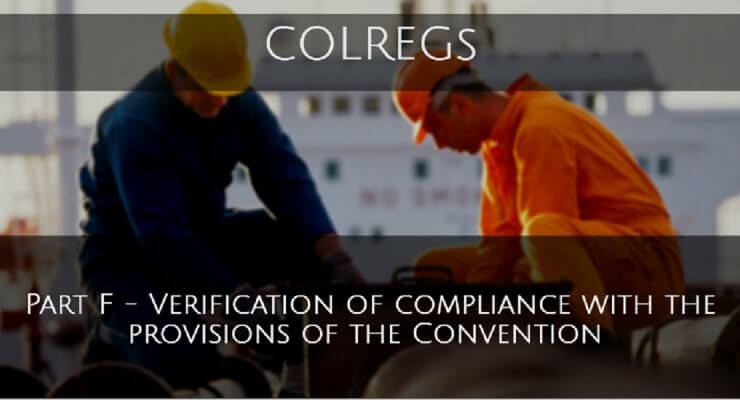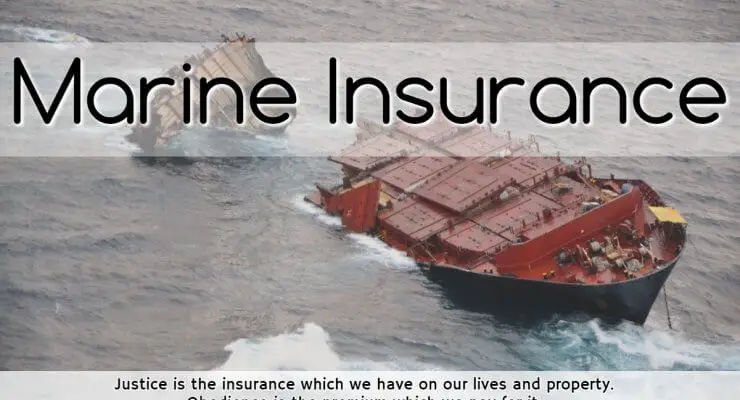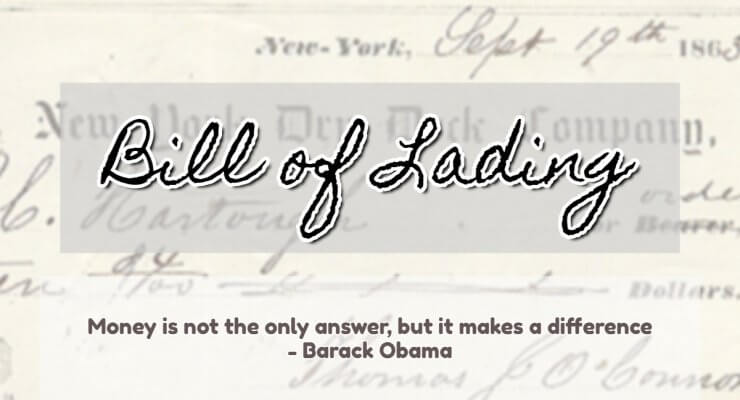Verification of compliance (a) Every Contracting Party shall be subject to periodic audits by the Organization in accordance with the audit standard to verify compliance with and implementation of the present Convention.(b) The Secretary-General of the Organization shall have responsibility for administering the Audit Scheme, based on the guidelines developed by the Organization.(c) Every Contracting Party shall have responsibility for facilitating the conduct of the audit and implementation of a programme of actions to address the findings, based on the guidelines developed by the … [Read more...]
Archives for January 2017
Rule 40 – Application
Contracting Parties shall use the provisions of the Code for Implementation in the execution of their obligations and responsibilities contained in the present Convention. … [Read more...]
Rule 39 – Definitions
Definitions (a) Audit means a systematic, independent and documented process for obtaining audit evidence and evaluating it objectively to determine the extent to which audit criteria are fulfilled.(b) Audit Scheme means the IMO Member State Audit Scheme established by the Organization and taking into account the guidelines developed by the Organization.(c) Code for Implementation means the IMO Instruments Implementation Code (III Code) adopted by the Organization by resolution A.1070(28).(d) Audit Standard means the Code for Implementation. … [Read more...]
Marine Insurance – Purpose, Principle, Warranties and General Average
Purpose of Marine Insurance Marine Insurance is an agreement whereby the insurer indemnified the assured in manner and extent provided, against losses incidental to marine adventure.Spreading of Risk - If a loss occurs, the insured will be put back into the same financial position as just before the loss. The insured must not profit from the loss. Aid to Security - This removes the uncertainty of a potential financial loss. Individuals and businesses are freer to expand without the need to set aside for reserves for the future. Aid to Credit - Loans are not advanced unless the … [Read more...]
Protection & Indemnity Clubs
What is a P&I club? The roots of the Protection & Indemnity Club or a P&I club were founded in 18th century England. Those were the days of sailing ships and extremely slow and inefficient communication system. Ship owners and the underwriters had limited contact and the hull insurance did not cover all aspects of loss on board. A group of ship owners formed an association to provide each other insurance cover. This association was a non-profit making body controlled by a group of close-knit ship owners. These associations were named as Mutual Hull Insurance Clubs. The basic … [Read more...]
Maritime – What is a Bill of Lading (B/L)?
Bill of Lading A Bill of Lading is a receipt for goods either received (before shipment) or shipped on board.Is a good evidence of the existence of a contract between the shipper and carrier. It is not a true contract since only one party signs it. Is a document of title, signifying that the holder has the legal right to possession of the goods it describes. Right to possession is different from the right to ownership, which is determined by the terms of the sale contract. May, depending on how Bill of Lading is made out, be negotiable i.e. transferable to a third party so as to … [Read more...]



